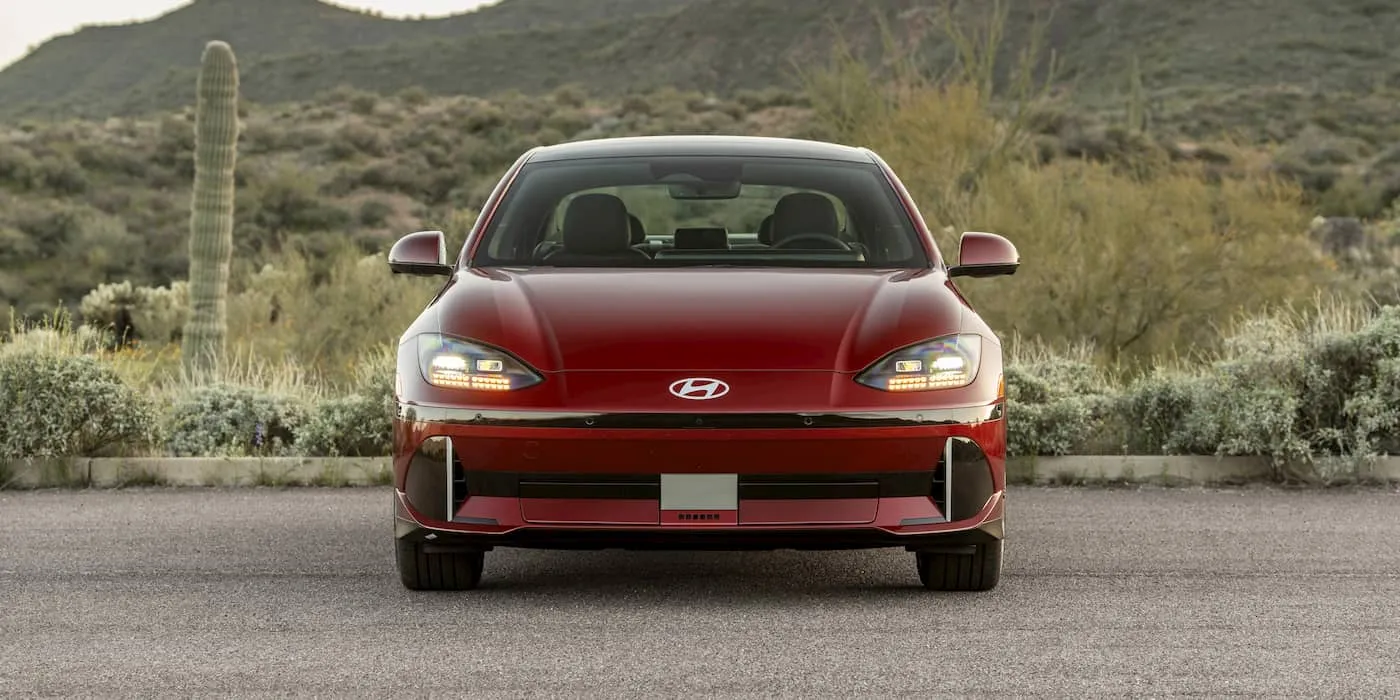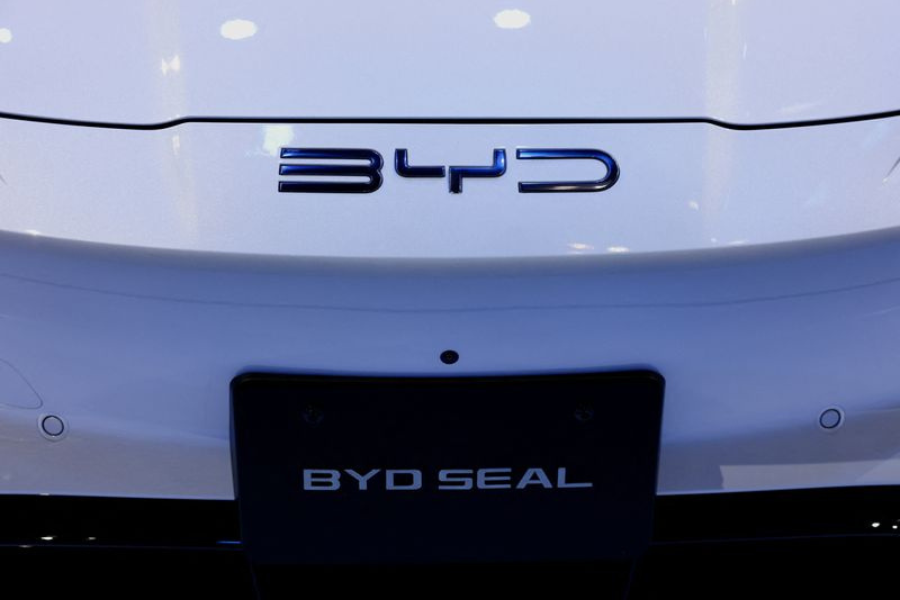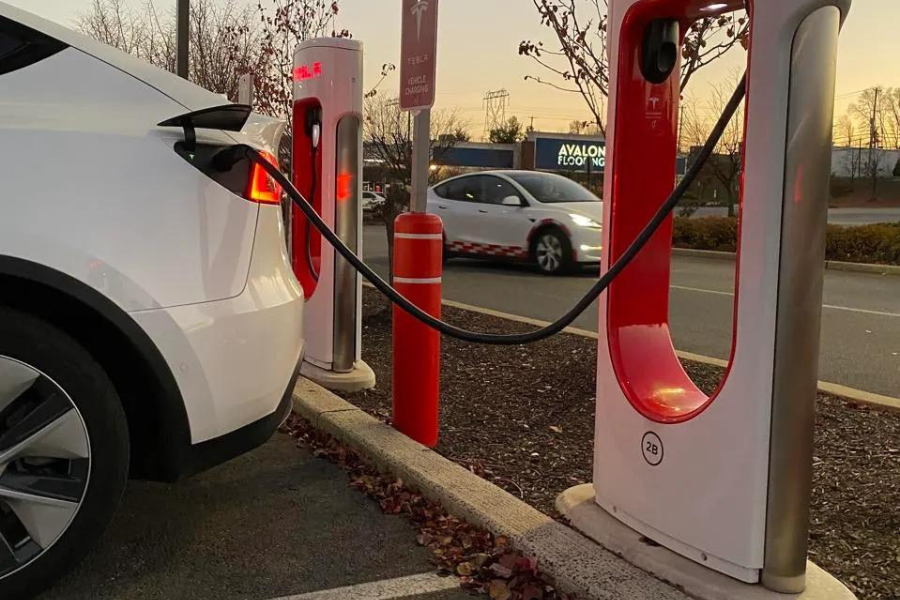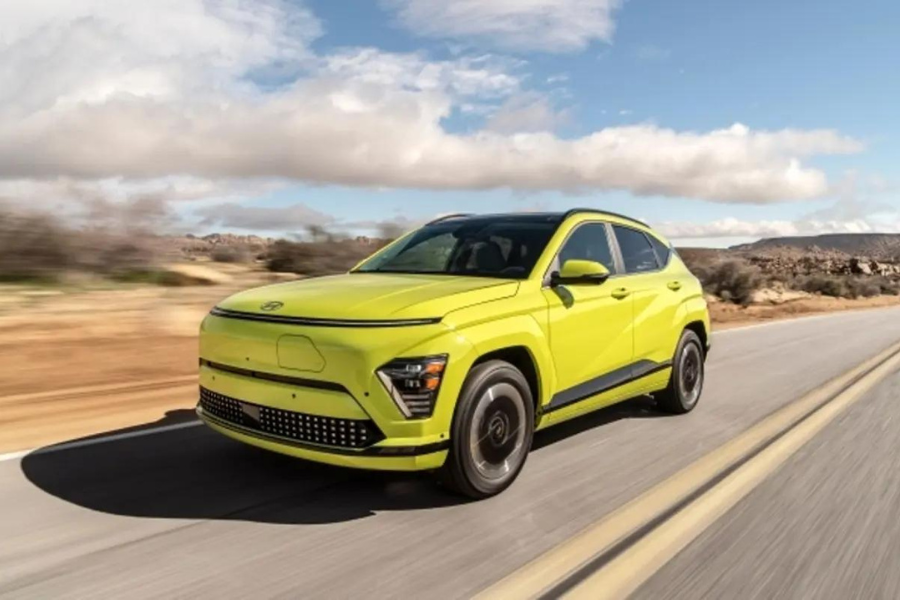From 1987 to 1992, Mercedes-Benz and Bosch invented a system called the Electronics Stability Program. This system is termed as ESP. They claimed that it avoids up to 80% of the happenings associated with the instability of vehicles. What does ESP mean on a car? If your car has this system, then it will assist you in taking control of the steering and brakes.
Hence, now, whenever you are traveling on an unsteady road, you need not worry. Unfortunately, you do not give notice to your surroundings because of any reason your car is going to skid. This system will protect you from the risk of any accident.
ESP or ESC: what is the difference & how does it work? In this blog, you will get your answers in an easy-to-understand manner.
What is ESP in Cars?
ESP stands for Electronic Stability Program. As the name shows, this program stables your car. It secures your automobiles in some type of elucidating situation. These conditions include:
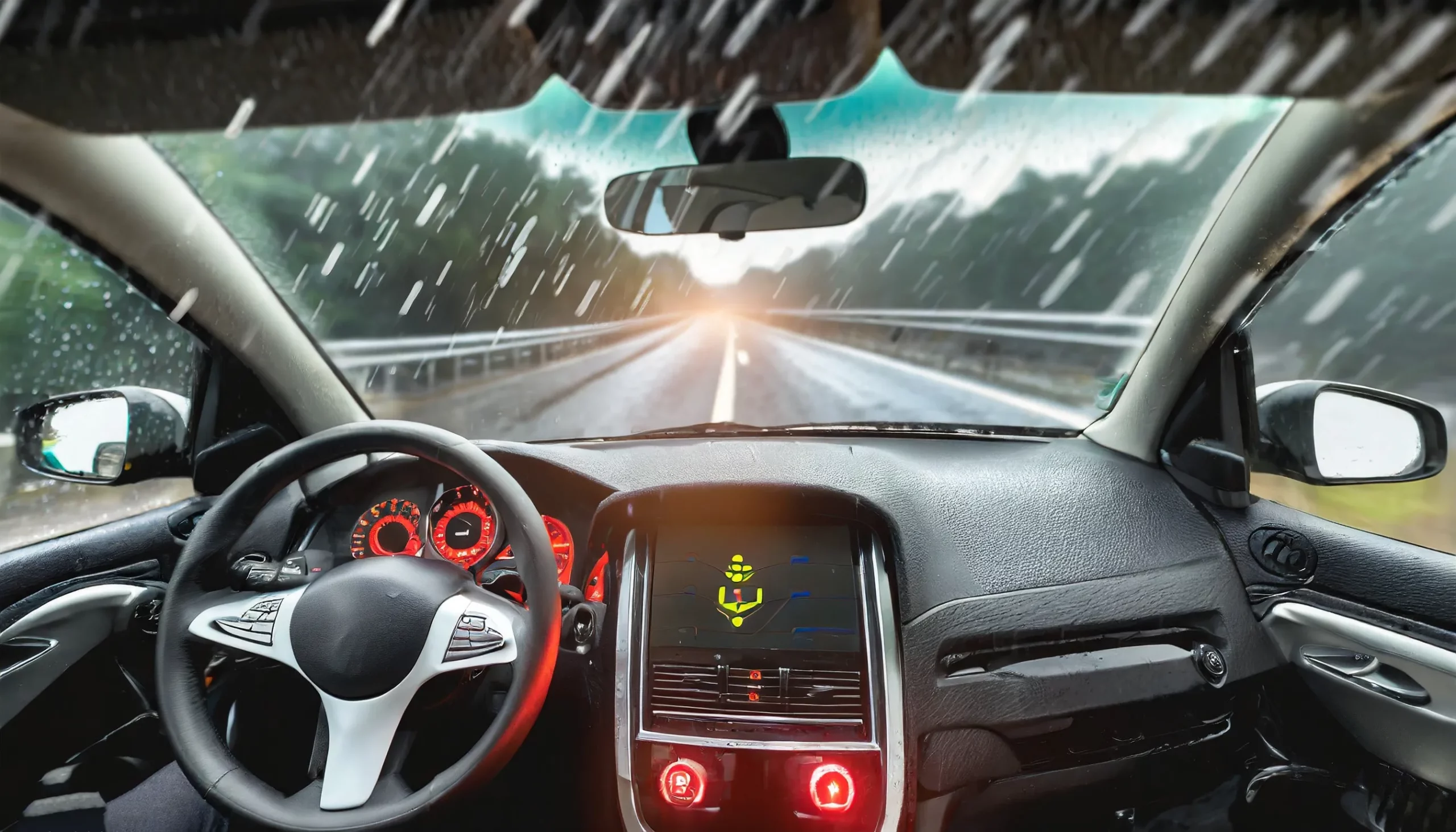
- Failure of the braking system
- Loss of traction control
This system or program finds the errors in your car regarding the skidding or rotation of wheels even after braking. You can imagine when you face adverse circumstances on the road while driving, such as:
- Potholes/furrows
- Gravel/stones
- Tire blowouts
- Mechanical failures
- Brake failure
Keep attention here; ESP does not deal with all the above factors. However, it simply monitors the following:
- Steering control
- Vehicle direction
The organization compares the driver’s intended direction with the vehicle’s actual direction. It measures it by the wheel angle of your steering and individual road speeds.
How Does ESP Work?
ESP works like a hidden safety program in your cars. When any obstacle comes in front of your car, the microcomputer records signals from various sensors and detects them. These sensors may include active wheel speed sensors. Then, turn your car at an accurate angle.
This movement of your car will prevent accidents. And the risk of any type of mishap diminishes. Your car’s wheels tend to rotate because of inertia, which causes it to fall on the ground. How to turn on ESP in car?In modern cars, there is no need to turn on or activate it. This program or system works automatically.
Components of ESP
ESP is a program of electronic stability that has a few components. Here they are:
- Hydraulic Unit
- Wheel speed sensors
- Steering wheel angle sensor
- Yaw rate and lateral acceleration sensors
- Engine Control Unit (ECU)
ESP Car Warning Light
ESP is an important safety feature that prevents your car from skidding. This system allows you to handle the car when it is out of your control.
If the ESP car warning light is on, the electronic program system is not working properly. And you should slow down your car to activate the system correctly. You can get help from a professional mechanic to sort out the issue.
How to Fix ESP on a Car?
As of now, the electronic stability program gives you an amazing hold on your cars. But sometimes, it may not work accurately. So, here’s how to fix ESP on a car by following these 4 steps:
- Turn the steering wheel to the right.
- Then do this same step but to the left.
- Perform this process again a few times.
- After that, turn off your vehicle.
- Later, when you restart your car, the light should be reset.
Benefits Of Electronic Stability Program
ESP in cars plays an important role in giving benefits to you. This system saves the lives of many people. Let’s explore what’s the benefits of ESP?
- Activates automatically without human intervention.
- Applies the brakes on individual wheels when feels need of it.
- Prevents severe accidents.
- Do not allow the car to skid on the road.
- May also roll over if the vehicle skids go out of control.
- The risk of any accident becomes lower.
- Controls unprovoked loss of grip.
ESP or ESC: What is the Difference?
ESP and ESC have no difference. Both perform the same role. ESC stands for Electronic Stability Control, while on the other side, ESP stands for Electronic Stability Program. You may have different alternating systems, such as:
- DSC (dynamic stability control)
- VDC (vehicle dynamic control)
- VSA (vehicle stability assist)
When the ESP’s warning light comes on, it reduces the loss of traction, and you will feel more grip on the steering and within the bounds of the wheels.
European passenger cars mostly have ESP (electronic stability program). Primarily, modern cars have this system. But there are strong chances that an old car has the classical form of such a system.
No, they are not the same. ESP controls the traction by preventing your car from skidding in a drastic environment. However, traction control gives more traction rather than reducing it.
But what does ESP mean on a car? The ESP helps you to travel safely on a complex road in complicated situations. This system gives you an angle of steering when it is out of your control. Its components collectively sense the surrounding conditions and send signals for managing control on your ride.

